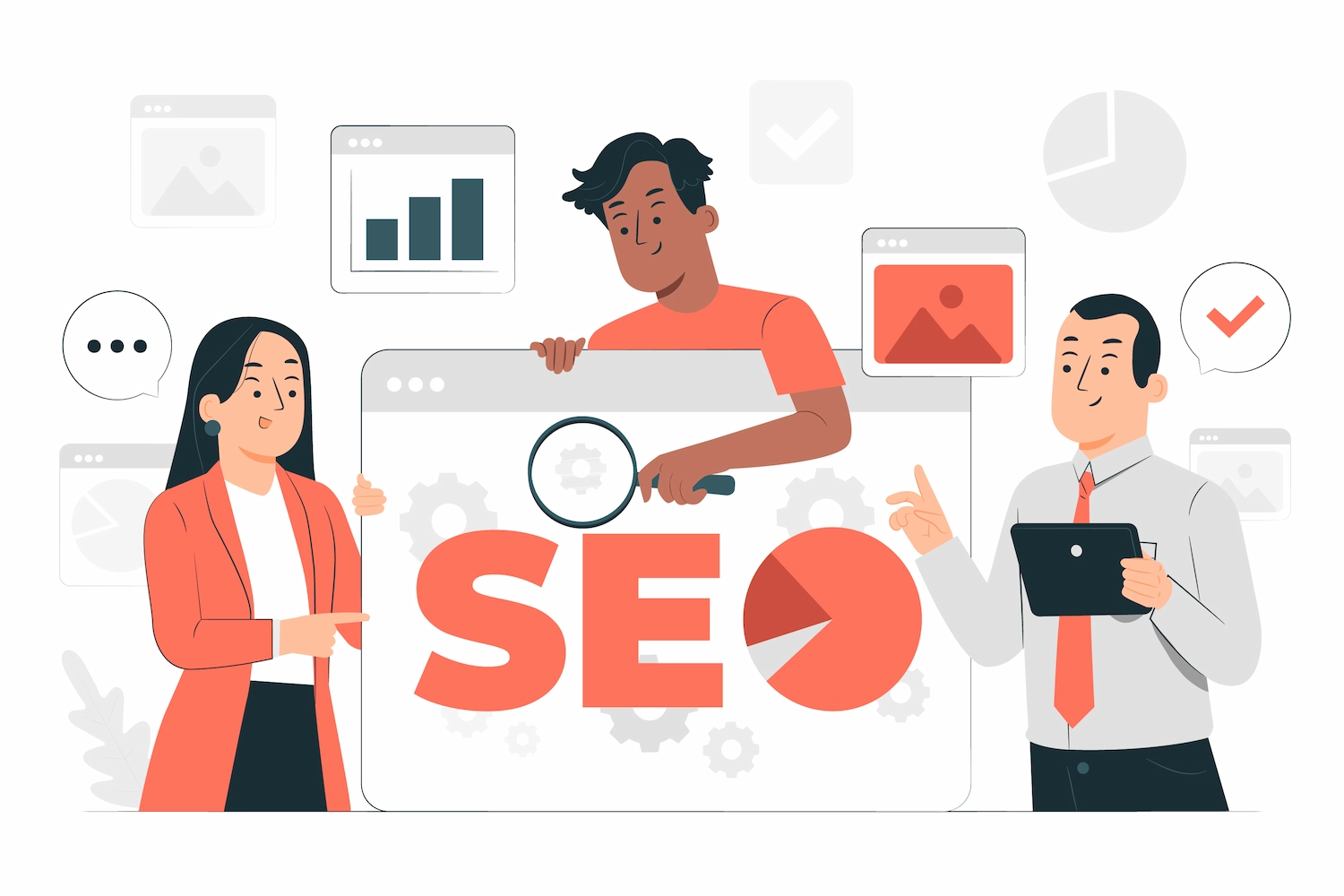Top 5 Essential SEO Best Practices for Your Website
 Image by storyset on Freepik
Image by storyset on Freepik
Table of Contents
1. Crafting Effective Title Tags
Your title tag is one of the most critical on-page SEO elements. It's the clickable headline users see in search engine results (SERPs) and in their browser tabs. A well-optimized title tag should be unique for every page, accurately reflect the page's content, and incorporate relevant keywords naturally. Aim for a length between 50-60 characters to ensure it displays fully without truncation in most search results. By making your titles compelling and informative, you not only signal relevance to search engines but also encourage higher click-through rates from users.
2. Prioritizing Mobile-Friendliness
In today's digital landscape, mobile devices account for over half of all website traffic. Recognizing this, Google introduced mobile-first indexing, meaning they primarily use the mobile version of your content for indexing and ranking. Therefore, it's no longer an option but a necessity to ensure your website is fully responsive. A mobile-friendly site provides a seamless and enjoyable user experience across all screen sizes, from smartphones to tablets. This includes legible text, easily clickable buttons, and content that adapts fluidly without requiring pinching or zooming, directly impacting your search rankings and user engagement.
3. Boosting Site Speed
Website loading speed is a crucial ranking factor and a significant determinant of user experience. A slow website leads to higher bounce rates, frustrated users, and consequently, lower search engine rankings. To improve your site's performance, focus on optimizing images by compressing them without sacrificing quality. Leverage browser caching to store parts of your site locally for returning visitors, and minimize the use of render-blocking JavaScript and CSS. Fast-loading pages not only please users but also make it easier for search engine crawlers to navigate and index your content efficiently.
4. Creating High-Quality, User-Focused Content
Content is king, and Google continuously refines its algorithms to favor content that provides genuine value to users. Your goal should be to produce helpful, original, comprehensive, and well-researched content that directly addresses your target audience's questions and needs. Avoid thin or duplicate content. Focus on providing in-depth answers, unique insights, and engaging narratives. Structure your content logically with clear headings, subheadings, and bullet points to enhance readability. High-quality content not only attracts organic traffic but also builds authority and trust with both users and search engines.
5. Implementing Strategic Internal Linking
Internal linking is the practice of linking to other relevant pages within your own website. This is a powerful yet often underutilized SEO tactic. Strategic internal links help search engines discover and index more of your content, distributing "link equity" (PageRank) across your site. More importantly, they guide users to related information, encouraging them to spend more time on your site and explore deeper. When creating internal links, use descriptive anchor text that accurately reflects the content of the linked page. This improves crawlability, enhances user engagement, and reinforces the topical relevance of your pages to search engines.